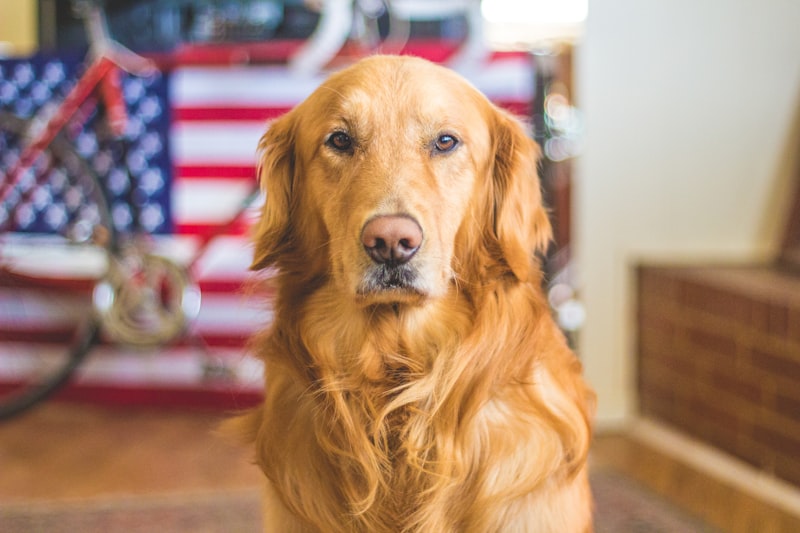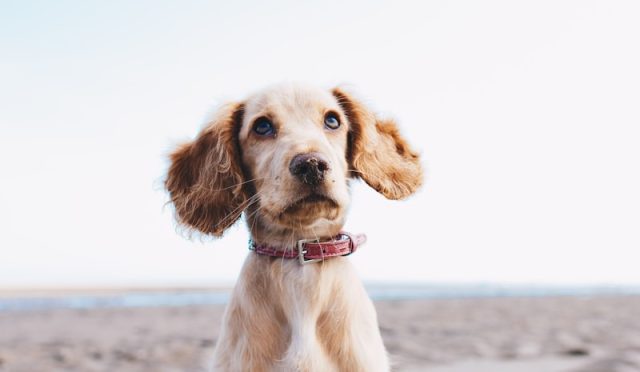So what’s behind this behavior? Well, imagine your dog as a complex character in a story. Each growl, bark, or bite can be a clue, telling you about their feelings and experiences. Often, aggression stems from fear. Just like humans, dogs can feel threatened; when they do, their instinct is to protect themselves. It’s almost like a turtle retreating into its shell when scared.
In addition to fear, territorial instincts play a huge role. Picture this: your dog sees someone approaching its favorite spot, and boom! It’s like a castle guard ready to defend its realm. Sometimes, aggressive behavior can also be a response to lack of socialization — like a kid who’s never been to school, unsure how to interact with others.

So, what can we do about it? The key is patience and training. Positive reinforcement can work wonders! Instead of punishing aggression, reward good behavior. It’s like teaching a child; you catch them being good and praise them for it. Socialization is essential too! Gradually exposing your dog to different environments, people, and other animals can help reduce anxiety.
And don’t forget the power of professional help. Just as you might consult a therapist for tricky emotions, a dog trainer can provide strategies tailored to your furry friend’s needs. Whether it’s through training or socialization, addressing aggression is all about understanding them at their level and responding with compassion.
Understanding Dog Aggression: What Triggers Our Four-Legged Friends?
First off, dogs can be as sensitive as a teenager stumbling through high school. They pick up on emotions, scents, and even the smallest changes in their environment. Have you ever noticed how your pup reacts when someone new enters the house? This is often a classic case of territorial behavior. Dogs are instinctively wired to protect their home and loved ones, seeing newcomers as potential threats.
Then there’s fear aggression. Picture this: a dog is cornered or feels threatened. What do you think happens next? That’s right—a switch flips! Fear can make even the sweetest pooch act like a ferocious lion defending its territory. It’s all about survival; they feel backed into a corner with nowhere to go. And honestly, who wouldn’t lash out in fright?
Another major player in the aggression game is resource guarding. Imagine you’re at a family potluck, and someone tries to take your favorite slice of cake. You’d protect it with enthusiasm, right? Dogs feel the same about their food, toys, or even their humans. It’s primal, instinctual, and often leads to aggressive displays when they feel their treasures are threatened.
From Bite to Bark: Exploring the Roots of Canine Aggression
First off, it’s essential to understand that dogs are descendants of wolves. Just like their wild ancestors, they have instincts that guide their behavior. Imagine being out in the wild where food is scarce; survival instincts kick in, and aggression might be a way to claim territory or protect resources. This primal behavior hasn’t vanished; it just looks different today.
Now, every dog is unique, and various factors contribute to their temperament. Have you ever noticed how some breeds seem more friendly while others are more protective? Genetics play a huge role in a dog’s behavior. Certain breeds were raised for specific tasks, like guarding or hunting, which can lead to more aggressive tendencies in some situations.
But what about environment? It’s like nurturing a plant—without the right conditions, it might not flourish. A puppy raised in an unstable environment may develop fear-based aggression. Can you imagine how a dog that’s never socialized might react when faced with new experiences? It’s kind of like throwing a child into a crowd without any prior exposure—they’re bound to feel overwhelmed!
The Aggression Spectrum: Identifying Different Types of Dog Behavior
First off, let’s chat about the shy or fearful dog. Imagine being at a packed party when you only wanted to grab a snack. That’s how a fearful dog feels—overwhelmed. They might cower or growl if pushed too far. Recognizing this behavior early can prevent escalation, just like offering a friend a way out of a conversation they didn’t want to join.

Next, there’s the territorial dog, the bold protector of their turf. Think of them as the vigilant security guard at a concert. They’re often fine, but cross into their space, and you’ll see a side you didn’t expect—growling, barking, or even lunging. It’s all about protecting their safe zone.
Now, let’s talk about the attention-seeking dog. Could be your playful pup that wants all the love in the world or one that uses aggression as a way to command attention. Imagine going to a basketball game: some players are there to show off, attracting eyes, while others play to fit in. Similarly, dogs can exhibit annoying behaviors like barking or nudging when they’re looking for engagement.
Lastly, there are the reactive dogs—the super sensitive types. A slight change in their environment can set them off like a firecracker. Maybe it’s the sound of a doorbell or a passing dog; the reaction can vary from barking to snapping. Just picture a cat startled by a sudden noise—that’s the level of surprise and fear these dogs experience.
Understanding these diverse behaviors can help forge a better bond with our canine companions, leading to a happier, calmer relationship.
Turning Anger into Affection: Effective Solutions for Aggressive Dogs
First off, understanding your dog is key. Dogs don’t express anger like humans do; their aggression often stems from fear, anxiety, or past trauma. Think of it as a doggie defense mechanism. Just like we might fume during a stressful situation, our furry friends react to their environment in their own way. Recognizing their triggers—be it loud noises, unfamiliar faces, or other pets—can help you shift their response.
So, how do we go from that volcanic fury to loving affection? Start with positive reinforcement. Every time your dog shows calm behavior or a willingness to engage, reward them! Treats, praise, or even their favorite toy can work wonders. It’s like giving them a gold star for good behavior—who doesn’t love a little recognition?
Next, socialization is crucial. Slowly introducing your dog to new experiences—different people, sounds, and environments—helps desensitize them to potential triggers. It’s akin to teaching a child to swim by starting with shallow water before venturing into the deep end. Patience plays a significant role here; gradual exposure can turn a wary pup into a social butterfly.
Don’t forget the power of distraction! A good game of fetch, an invigorating walk, or a puzzle toy can channel their energy constructively. Think of it as redirecting a river that’s overflowing its banks. Instead of letting that anger spill over, guide it toward healthier outlets.
Every step you take to nurture your dog can transform their perception and behavior from aggression to pure affection. Just imagine the warmth of a snuggly companion who once seemed like a ticking time bomb. Isn’t that a vision worth striving for?






